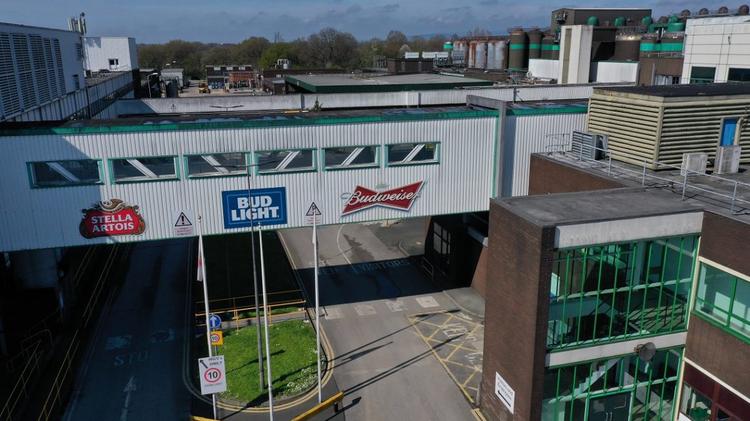
The goal is to decarbonize the location and save as much as 11,000 tons of CO2 emissions per year.
Budweiser and Protium have announced their intentions to deeply slash a brewery’s carbon emissions through the development of an on-site green hydrogen energy production plant.
The project aligns with the brewery region’s broader efforts to reach net zero carbon emission targets.
The plan is to produce green hydrogen at the Samlesbury Brewery in Lancashire, UK. The Samlesbury Net Zero project in combination with certain other initiatives are supporting Budweiser Brewing Group’s local brewery to meet all its thermal demand, heating and transportation needs through the use of renewable H2.
The brewery has been in operation for more than half a century in that location and has become an iconic part of the region. While the new clean energy strategy aims to slash the carbon emissions from the brewery, other advantages will include a reduction in air pollution overall and reduced vehicle noise. The reason for the latter is that the heavy goods vehicles used by the brewery will also be H2-powered.
The green hydrogen strategy is being made possible by a partnership between Budweiser and Protium.
Protium is a renewable H2 energy services company in the United Kingdom. Through the partnership, the Samlesbury Net Zero project will save as much as 11,000 tons of CO2 emissions from being released into the atmosphere every year. This is interpreted by the project as an equivalent reduction to taking 5,800 cars off the area’s roads, or offsetting 11,156 return flights between New York and London, or planting 440,000 trees.
The new H2 production facility will be constructed immediately adjacent to the brewery. It will include an electrolyzer powered by renewable energy, as well as a refueling station where vehicles and other equipment can refill their tanks to continue their zero-emission operations.
Protium will be funding, building and operating the green hydrogen production facility for the brewery and expects that it will be operational by the close of 2025. The companies will be submitting a planning application for the project in coming weeks following consultations with the brewery’s immediate neighbors, the broader community and other local stakeholders.